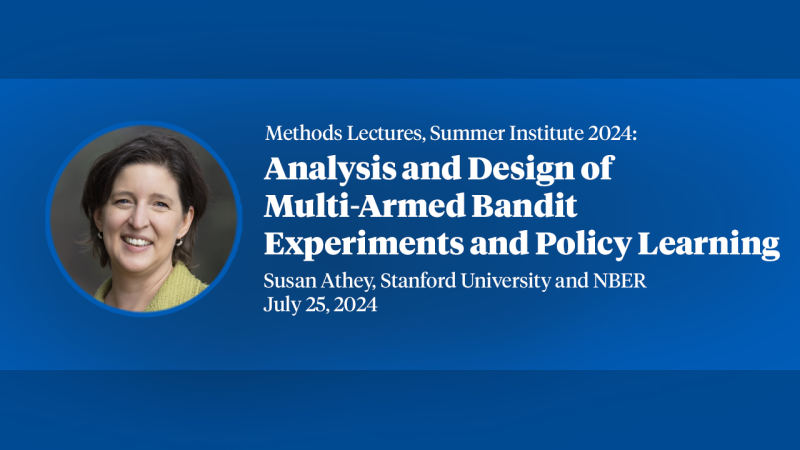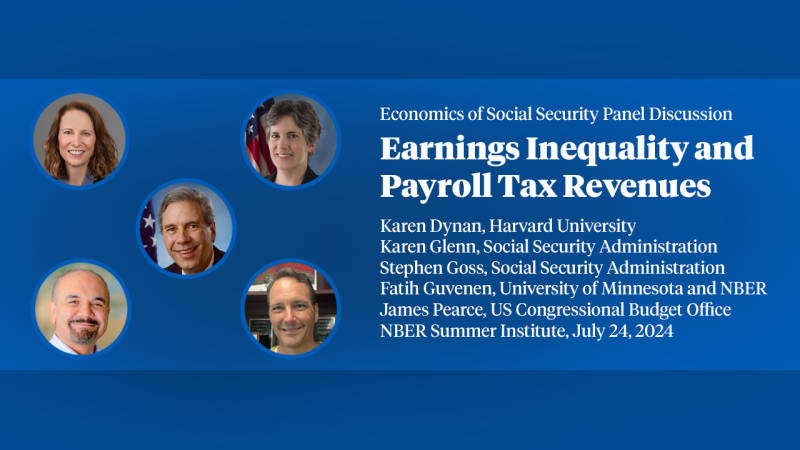Estimating Variation in Productivity Across State Medicaid Programs: Evidence from Dual-Eligibles
Many social programs involve some level of local autonomy, with local governments making some program design decisions within a set of national guidelines, and with financing being shared between local and national governments. We study the extent to which this autonomy results in heterogeneity across U.S. states in the productivity of their primary social health insurance program: Medicaid. We do this for one of the most expensive groups of Medicaid beneficiaries—those also enrolled in Medicare, i.e. “dual-eligibles”. Productivity is typically defined as the ratio of outputs to inputs. For duals in Medicaid, we define inputs as the fiscal cost of the Medicaid program. We define output as providing access to healthcare goods and services, specifically access to primary care, critical surgeries, and, most importantly, long-term services and supports not covered by the Medicare program. We leverage duals who move across states to estimate state effects on fiscal costs, showing significant variation across states in these costs (a ratio of 3:1 for the highest to lowest spending states). In future work, we will also study the extent to which outcomes differ across higher- and lower-spending states.


